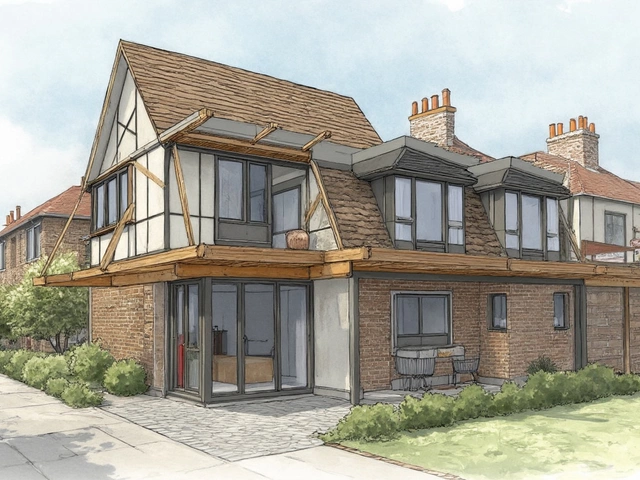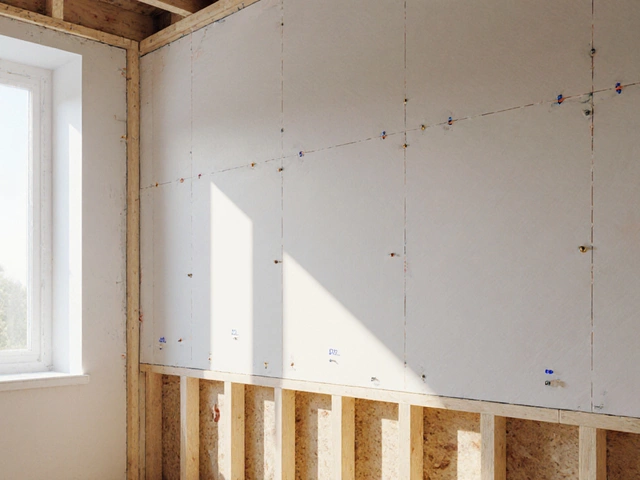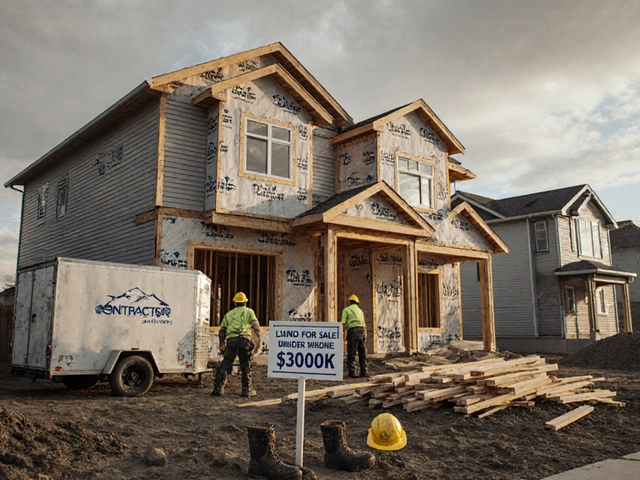Inside vs Outside: Essential Differences for Builders
When you start a project, the first question is often “what goes inside and what stays outside?” It sounds simple, but the answer drives material choice, budgeting, and how long the building lasts. Inside walls, floors, and ceilings face different stresses than the outer shell, which battles rain, wind, and temperature swings. Understanding those forces helps you avoid costly repairs later.
Materials and Weather Protection
Outside surfaces need to shed water fast. That’s why most builders use dense, low‑absorption stone, concrete, or brick for the exterior envelope. Limestone from a local quarry, for example, resists freeze‑thaw cycles and blends well with UK weather. You’ll also add a breathable membrane or water‑proofing coat to stop moisture from seeping into the structure.
Inside, the priority shifts to comfort and finish. Dry, stable materials like plasterboard, gypsum, or timber studs are common because they’re easy to cut, cheap, and create a smooth surface for paint or wallpaper. Insulation sits between the interior and exterior layers, keeping heat in during winter and out during summer. Using the right kind of insulation—fiberglass, mineral wool, or rigid foam—depends on the cavity size and the performance you need.
Don’t forget ventilation. The outside wall lets air in, but too much air exchange can cause drafts. Installing proper vent fans or trickle vents balances fresh air flow without sacrificing energy efficiency.
Cost, Maintenance, and Performance
Budget-wise, outside work often costs more per square metre. You’re buying heavy, weather‑rated stone, hiring skilled masons, and possibly paying for scaffolding. Inside finishes are lighter and faster to install, which keeps labor costs down. However, skimping on exterior quality can raise long‑term expenses. A cracked stone wall lets water in, leading to damp, mold, and structural decay—issues that are far pricier to fix than a fresh coat of interior paint.
Maintenance also splits along the inside‑outside line. Exterior stone may need periodic cleaning, repointing, or a sealant top‑coat every few years. Interior walls, by contrast, usually only need repainting or minor patching. Planning for both upfront lets you schedule work when it’s least disruptive.
Performance isn’t just about durability. The outside shell determines how well the building resists wind loads and thermal loss. The inside layer controls acoustics, fire resistance, and finish quality. When you coordinate these layers—choosing compatible materials, aligning joints, and sealing gaps—you create a building that feels solid, looks good, and runs cheap on energy.
In short, treat the inside and outside as two partners in a project, not as separate tasks. Choose weather‑ready stone or concrete for the exterior, add proper waterproofing, and back it with quality insulation. For the interior, go with dry, finish‑ready materials that let you customize the look without compromising comfort. By balancing cost, maintenance, and performance across both sides, you’ll deliver a structure that stands up to the UK climate and keeps occupants happy.
Foundation Crack Fix: Inside or Outside?

When it comes to fixing a foundation crack, homeowners often wonder whether it's best to repair from the inside or the outside. Each method has its own perks and potential pitfalls. Factors such as crack location, severity, and access play a role in determining the best approach. This article breaks down these considerations, offering practical tips and insights for choosing the right repair method.
read more



